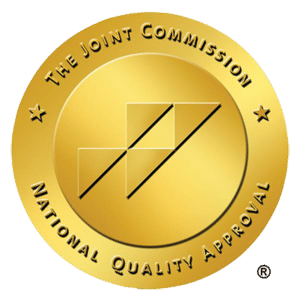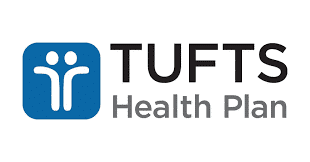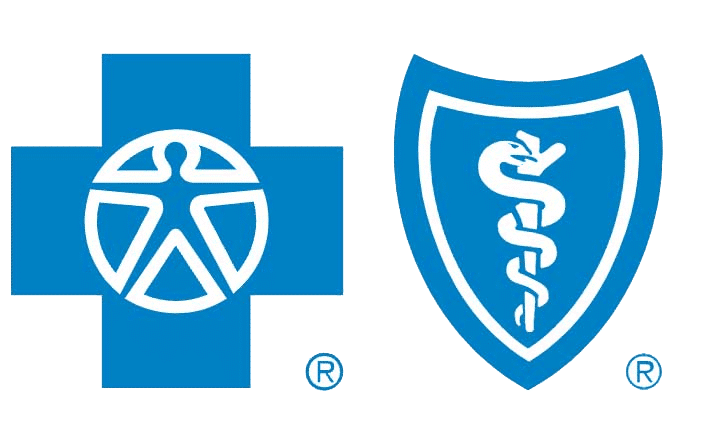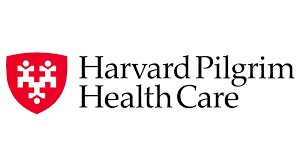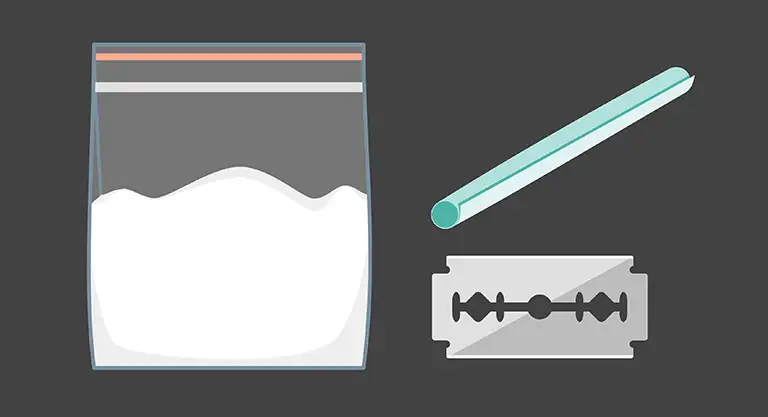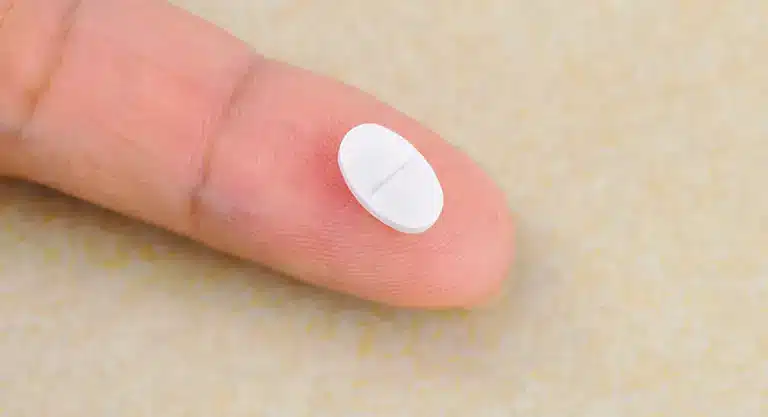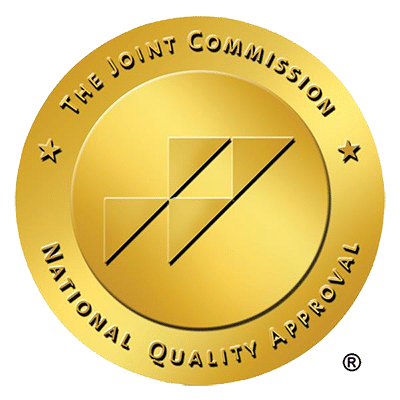Opioids are pain relievers that bind to specific receptors in the brain, dulling pain and causing many people to experience euphoria and other pleasant sensations. Some opioids are prescribed for medical purposes, while others—like heroin—are illegal to use or possess. No matter which type you use, taking high doses or mixing opioids with other drugs can increase your risk of overdose.
In 2021, more than 80,000 Americans died due to opioid-related overdoses, prompting government and social service agencies to try new methods of overdose prevention. Keep reading to find out what evidence-based interventions are available to prevent as many opioid-related deaths as possible.
Risk Factors for Overdose
A person’s risk of overdose depends their personal characteristics, medical history and opioid use habits. These are some of the most common risk factors.
Personal Characteristics
Some people are more likely to overdose on opioids than others. Adults between the ages of 18 and 25 fall into this category, especially if they have mental health problems or have witnessed someone else die of an overdose. Senior citizens also have an increased risk of overdosing on opioids, as they often take multiple medications, making it more difficult to prevent serious drug interactions. Older adults who struggle with depression may also mix opioids with sedatives or tranquilizers, increasing the risk of adverse events.
Medical History
An overdose can happen to anyone, but it’s more likely in people who have chronic health conditions or take certain medications. These are some of the most common health-related risk factors:
- Wasting syndrome: Also known as cachexia, wasting syndrome increases the risk of overdose because it changes the way people metabolize opioids and other drugs. Wasting syndrome leads to significant weight loss and weakness, which may also affect a person’s ability to recover from an overdose.
- Respiratory problems: Opioid overdose may lead to respiratory depression, a condition characterized by slow, shallow breathing. The risk of respiratory depression is higher in people who already have respiratory problems, including asthma and chronic obstructive pulmonary disease.
- Mental health disorders: People with depression, anxiety and other mental health disorders may take larger doses of opioids to dull their symptoms, putting them at an increased risk of overdose.
- Substance use disorders: Some people with substance use disorders mix opioids with alcohol or other drugs. Other substances may enhance the effects of opioids, making an overdose more likely.
Several types of medications are also associated with an increased risk of opioid overdose, mainly because they contribute to increased drowsiness and breathing problems:
- Muscle relaxers
- Sedatives
- Benzodiazepines
- Antipsychotics
- Alcohol
Opioid Use
The risk of overdose depends heavily on how often a person uses opioids, how much they take at one time and whether they mix opioids with other drugs. Some types of opioids are also more likely to contribute to overdose than others. For example, extended-release formulations tend to be more dangerous, as they stay in the body longer. Additional risk factors include long-term use of opioids and taking high doses of opioids.
Evidence-Based Interventions
Although opioid misuse is a serious problem, there are evidence-based interventions available to reduce the risk of overdose and prevent premature deaths. Evidence-based means that something is based on objective research. The Centers for Disease Control and Prevention, Substance Abuse and Mental Health Services Administration and other agencies have discovered that many traditional interventions just don’t work to prevent overdose deaths and help people with substance use disorders stop using drugs and alcohol.
These are just a few traditional interventions that have been deemed ineffective:
- Arresting and jailing people who are addicted to drugs and alcohol
- Delivering school-based programs to large groups of students with different levels of risk
- Implementing drug court systems without providing proper supervision and support for people struggling with substance use disorders
- Forcing people to enroll in drug or alcohol treatment
Fortunately, the evidence-based interventions below have been shown to reduce the risk of opioid overdose deaths.
Medication-Assisted Treatment
Medication-assisted treatment involves using FDA-approved medications to prevent opioid cravings. As of 2023, the FDA has approved three medications for this purpose: naltrexone, buprenorphine and methadone. Naltrexone blocks the effects of opioids on the brain, eliminating the pleasant effects of opioid use. When a person can no longer feel the euphoria that comes with taking fentanyl, heroin and other opioids, they’re less likely to have severe cravings.
Buprenorphine and methadone work in a similar way. By activating the opioid receptors in the brain, they help prevent severe withdrawal symptoms. Buprenorphine and methadone don’t give the user a sense of euphoria, so they make it easier to stop using opioids without causing any cravings. Medication-assisted treatment works best when it’s combined with counseling and lifestyle changes.
Community-Based Naloxone Access Programs
According to U.S. Surgeon General Jerome Adams, naloxone is a “safe antidote to a suspected [opioid] overdose” and should be carried by as many people as possible. Unfortunately, some people are afraid to call 911 when they see someone overdosing, as they’re afraid of getting into trouble with law enforcement. Even if a bystander does call 911, there’s no guarantee first responders will arrive in time to prevent an overdose-related death.
Naloxone access programs make it easier for opioid users and other community members to access this life-saving medication. Community-based naloxone programs are typically administered by social service agencies, homeless shelters, healthcare providers and substance use treatment centers. In some communities, even public libraries are making naloxone available to local residents. The idea behind these programs is that making naloxone easily accessible reduces the risk of death in people who overdose on opioids.
The results are promising, with one study showing that Massachusetts communities with naloxone access programs have lower rates of opioid overdose deaths than communities that haven’t implemented this approach.
Pharmacy Distribution of Naloxone
More than 20 states allow pharmacies to use a standing order to distribute naloxone. Additionally, nine states allow pharmacists to prescribe naloxone without consulting a physician or other healthcare professional with prescribing privileges. Pharmacy-based distribution programs aren’t quite as effective as community-based programs, but they give people another way to access naloxone and potentially save someone from an overdose-related death.
Syringe Exchange Programs
Syringe exchange programs aim to reduce the risk of viral hepatitis and other blood-borne infections caused by needle sharing. Although the main purpose of such a program is to provide drug users with clean needles and syringes, many sites also offer services to help reduce the risk of opioid overdose. For example, many syringe exchange programs distribute naloxone and provide referrals for substance abuse and mental health treatment.
Fentanyl Testing
When fentanyl, an opioid, is mixed in with other drugs, it makes those drugs more powerful. Unfortunately, mixing fentanyl with other substances also increases the risk of overdose. To tackle this problem, some communities are distributing test strips to at-risk individuals. These strips detect the presence of fentanyl in other drugs, making it less likely that someone will ingest fentanyl without their knowledge or consent.
Distributing fentanyl test strips is an effective way to increase awareness of fentanyl contamination and help drug users make positive behavioral changes. In a study out of North Carolina, 81% of individuals with access to test strips took the time to test their drugs before using them. Users with positive test results were also 500% more likely to change their behavior to reduce the risk of an overdose.
Begin Healing From Opioid Use Disorder
Evidence-based interventions work to prevent overdose-related deaths, but it’s still important for people with opioid use disorders to seek professional treatment. Our professional addiction team at Topsail can help point you in the right direction for the best possible care and outcome.
Related Posts
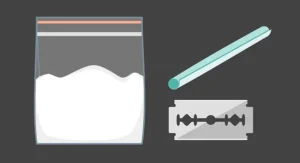
Understanding Cocaine Addiction Psychology: Pathways to Recovery
At the heart of ‘cocaine addiction psychology’ lies a critical inquiry: why is it so difficult to break free from the clutches of cocaine? This

Recognizing the Signs of Opioid Addiction: A Guide
Are you or someone you know showing signs of opioid addiction? It’s critical to recognize the early symptoms which may include noticeable changes in behavior,

Benzo Addiction: Symptoms, Risks, and Treatment
What is a benzo addiction? It’s when the use of benzodiazepines, drugs commonly prescribed for dealing with anxiety and sleep issues, crosses into dangerous territory,

Recognizing the Signs of Heroin Addiction: Symptoms and Help
Are you or someone close showing unexplained mood swings, health changes, or have you noticed unusual items that might be linked to drug use? These

Understanding Why Are Opioids Addictive
Why are opioids addictive? The simple yet profound answer lies in their powerful influence on the brain’s natural reward system. This article cuts through the

The Role of Professional Interventionists in Addiction Recovery
Addiction, a relentless and often misunderstood foe, challenges not only those who suffer from it but also those who surround them. For families grappling with
